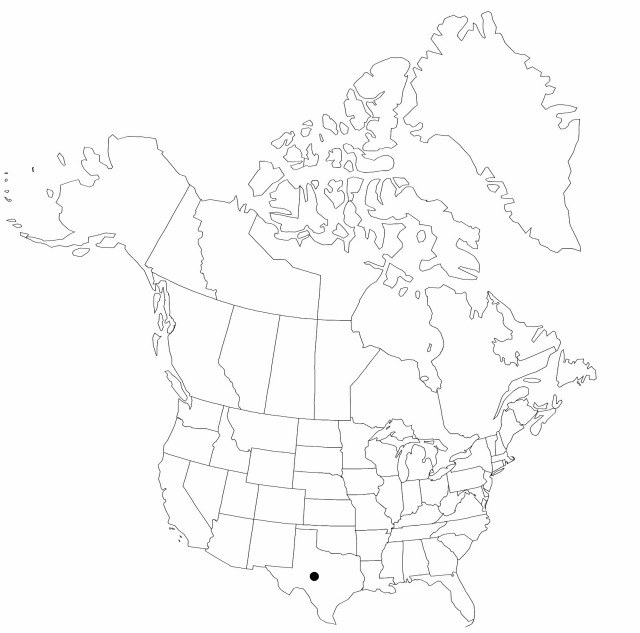Cyperus floribundus
Rhodora 99: 330. 1998.
Herbs, perennial, cespitose, rhizomatous. Culms trigonous, basally tuberous thickened, 15–40 cm × 1–2.5 mm, glabrous. Leaves flat to V-shaped, 10–30 cm × 1–2 mm. Inflorescences: spike 1, densely oblong to ellipsoid, 8–36 × 8–20 mm; rays 4–12, 10–20 cm; bracts 3–6, horizontal to ascending at 30°, V-shaped, 3–15 cm × (3–)4–5.8 mm; rachilla deciduous, wings 0.5–0.7 mm wide. Spikelets (5–)20–35(–60), linear to oblong, quadrangular; 4–12(–21) × 0.7–1.2 mm, base narrowed to 0.4–1 mm; floral scales persistent, 1–3(–5), appressed, laterally whitish to reddish brown, stramineous with reddish spots, medially green, laterally 3–6-ribbed (midrib distinctly scabrid at 30X), narrowly oblong to ovate, 2.6–4.8 × 1.6–2 mm; apex rounded to ± acute, entire, with mucro 0.3–0.5 mm; sterile terminal scale involute, 0.4–0.6 mm wide, uncinate; distal floral scales with cusp 0.6–1.9. Flowers: anthers 0.5–1.3 mm; styles 0.4–0.5 mm; stigmas 0.5–0.9 mm. Achenes light brown to reddish brown, sessile to slightly stipitate, narrowly ellipsoid, 1.8–2.4 × 0.6–0.8 mm, apex slightly apiculate, surfaces puncticulate.
Phenology: Fruiting mid summer–early fall (Jul–Sep).
Habitat: Damp, disturbed soils, croplands
Elevation: 0–1000 m
Discussion
Included previously in Cyperus retroflexus (or its synonym C. uniflorus), C. floribundus has a much narrower geographic range (southern Texas and northeastern Mexico) and differs in features of spikelet morphology (J. R. Carter and S. D. Jones 1997).
Selected References
None.

